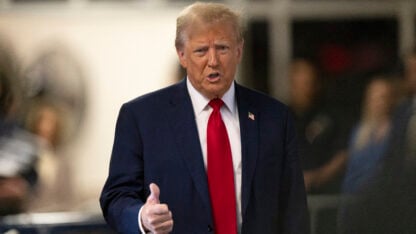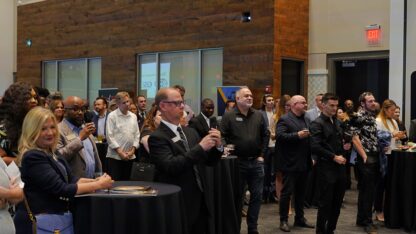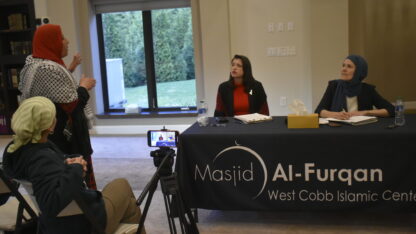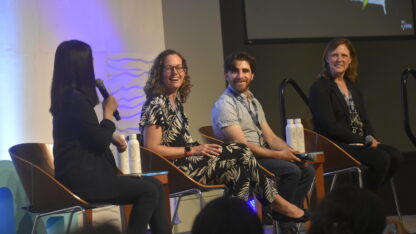NASCAR: You Have To Be There
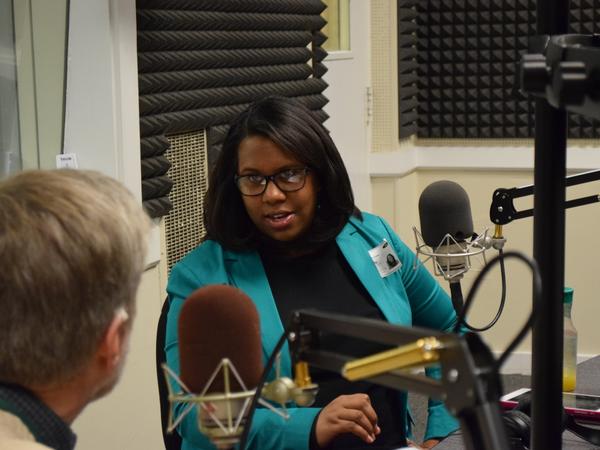
All racing eyes will be on Atlanta this weekend.
Last weekend, driver Kyle Busch was injured in a crash at Daytona International Speedway. He suffered a compound fracture to his lower right leg and a fracture in the middle of his left foot.
Once again concerns about safer barriers around the entire track have surfaced.
Marcelle English is an experienced sports reporter who has covered the Olympics, the NBA and the NFL, among others. An African-American woman, she’s also a NASCAR fan.
She visited “A Closer Look” Friday to talk about the races coming up at the Atlanta Motor Speedway this “Triple Header Weekend” and to describe some of the changes she’s seen in NASCAR over the years.
The fans say there’s nothing like experiencing a NASCAR race in person. It’s not enough to just tour the campgrounds, either; you have to feel the rumble of the engines, hear the roar of the motors, and smell the gasoline.
And while NASCAR was once considered a sport for, predominantly, “Southern white guys,” its fan base has moved far beyond that original demographic. Rose Scott and Denis O'Hayer speak with Marcelle English.
NASCAR’s “Drive for Diversity” promotes African-American and Latino drivers and creates new outreach efforts deliberately aimed at minority audiences. Those efforts appear to be paying off.
“I definitely saw a lot more African-Americans than I have seen in past years,” English said. “It’s a great, affordable sport that families can really enjoy together.”
English had a chance to take the driver’s seat recently, and she pointed out that “you’re in a steel cage,” when you’re driving a NASCAR vehicle.
The reason isn’t hard to miss.
“It is one of those sports that, every single day, [drivers] look at it and say, ‘I could lose my life doing this,’” she said.
To build its audience, NASCAR places importance on creating a celebrity element, English said. NASCAR has begun putting drivers in closer contact with their audience members and finding creative ways to bring new fans into the arena.
NASCAR also works hard to show new televised angles on this established sport, using cameras inside the cars and providing coverage of the driver’s interactions with the pit crew. But according to English, there’s no substitute for being there.
9(MDAxODM0MDY4MDEyMTY4NDA3MzI3YjkzMw004))

